American poet Emily Dickinson is considered one of the most prominent authors of the 19th Century.
She was born on December 10, 1830 in Amherst, Massachusetts. Her father, Edward Dickinson, was a prominent lawyer.
From 1840 onwards, Emily Dickinson attended Amherst Academy, a religious boarding school founded by her grandfather. During adolescence, she was deeply affected by the death of her friend Sophia. She joined a seminary in 1847, but dropped out ten months later.
Returning home, she became a recluse, willingly isolating herself from the outside world. Under the influence of the Bronte sisters, William Shakespeare and the Bible, she wrote her early poems in plain, clear language.
Dickinson chose to ignore traditional metric rules and grammar, allowing her thoughts to flow freely onto the page. She described a world riddled with contradictions: the mortal versus the eternal; the abstract versus the concrete; Puritanism versus capitalism. At the same time, she was able to explore reality with open-eyed clarity: her poetry touched on sweeping existential issues as well as current events like the American Civil War, which had broken out in 1861.
Emily Dickinson was shy and reticent. She had few friends, with whom she mainly discussed poetry. She sent several love letters and poems to the Reverend Charles Wadsworth. Samuel Bowles, editor of a local paper, published some of her poetry anonymously and without her consent.
In 1858, Emily Dickinson began copying out and arranging her poems in booklet form, gathering together some 800 poems that her family discovered and published only after her death.
In 1862, Emily wrote to literary critic Thomas Higginson, asking for his opinion on some of her poems. The journalist failed to fully grasp the lucidity in Dickinson’s analysis of reality, and described her poetry as spasmodic and unchecked.
By the end of the 1860’s, Emily Dickinson was spending all her days in her room, dressed completely in white as a sign of purity. Her rejection of society was complete; when her father died in 1874, she refused to attend the funeral. This was also her most productive period as a poet.
When Emily was about 50, she became close to Judge Otis Lord. Their romance was, however, very brief. The judge passed away a few years later, marking the last of a series of deaths that afflicted the poet in her later years. Her friend Samuel Bowles, her mother and a young nephew all died within the same short period of time.
Emily Dickinson died on May 15, 1886 in her home in Amherst where she had spent most of her life.
A complete, unabridged collection of her 1,775 poems wasn’t published until 1955.
She was born on December 10, 1830 in Amherst, Massachusetts. Her father, Edward Dickinson, was a prominent lawyer.
From 1840 onwards, Emily Dickinson attended Amherst Academy, a religious boarding school founded by her grandfather. During adolescence, she was deeply affected by the death of her friend Sophia. She joined a seminary in 1847, but dropped out ten months later.
Returning home, she became a recluse, willingly isolating herself from the outside world. Under the influence of the Bronte sisters, William Shakespeare and the Bible, she wrote her early poems in plain, clear language.
Dickinson chose to ignore traditional metric rules and grammar, allowing her thoughts to flow freely onto the page. She described a world riddled with contradictions: the mortal versus the eternal; the abstract versus the concrete; Puritanism versus capitalism. At the same time, she was able to explore reality with open-eyed clarity: her poetry touched on sweeping existential issues as well as current events like the American Civil War, which had broken out in 1861.
Emily Dickinson was shy and reticent. She had few friends, with whom she mainly discussed poetry. She sent several love letters and poems to the Reverend Charles Wadsworth. Samuel Bowles, editor of a local paper, published some of her poetry anonymously and without her consent.
In 1858, Emily Dickinson began copying out and arranging her poems in booklet form, gathering together some 800 poems that her family discovered and published only after her death.
In 1862, Emily wrote to literary critic Thomas Higginson, asking for his opinion on some of her poems. The journalist failed to fully grasp the lucidity in Dickinson’s analysis of reality, and described her poetry as spasmodic and unchecked.
By the end of the 1860’s, Emily Dickinson was spending all her days in her room, dressed completely in white as a sign of purity. Her rejection of society was complete; when her father died in 1874, she refused to attend the funeral. This was also her most productive period as a poet.
When Emily was about 50, she became close to Judge Otis Lord. Their romance was, however, very brief. The judge passed away a few years later, marking the last of a series of deaths that afflicted the poet in her later years. Her friend Samuel Bowles, her mother and a young nephew all died within the same short period of time.
Emily Dickinson died on May 15, 1886 in her home in Amherst where she had spent most of her life.
A complete, unabridged collection of her 1,775 poems wasn’t published until 1955.
RELATED
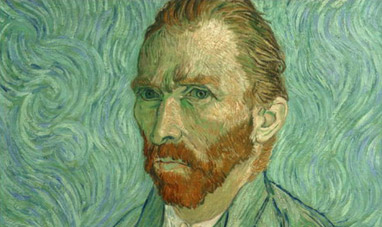

VINCENT VAN GOGH
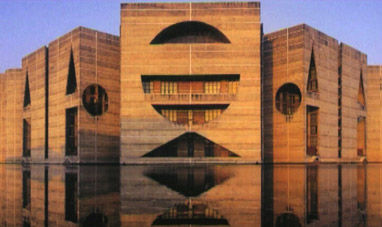

LOUIS KAHN
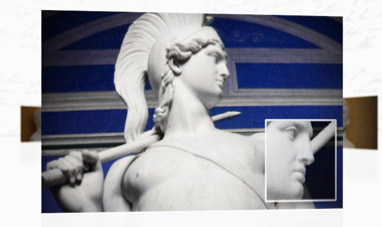

BERTEL THORVALDSEN
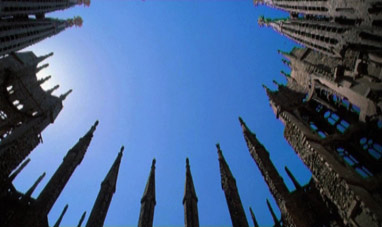

ANTONI GAUDÍ


FRANK LLOYD WRIGHT


TITIAN
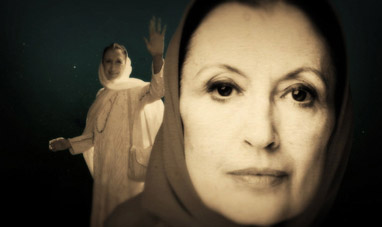

CARLA FRACCI
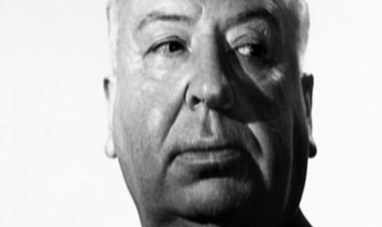

ALFRED HITCHCOCK
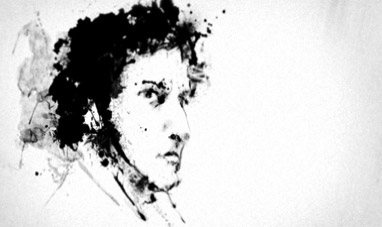

FRÉDÉRIC CHOPIN


MICHELANGELO PISTOLETTO
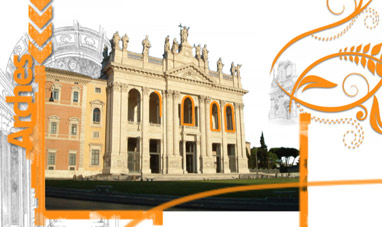

FRANCESCO BORROMINI
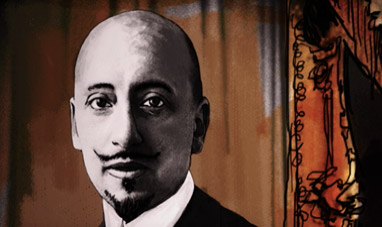

GABRIELE D'ANNUNZIO
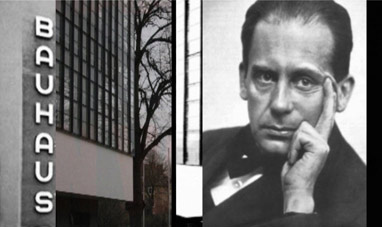

WALTER GROPIUS
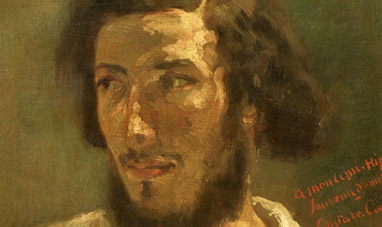

GUSTAVE COURBET


EURIPIDES


JEAN AUGUSTE DOMINIQUE INGRES
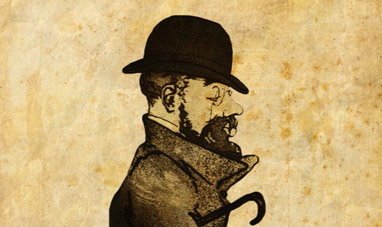

HENRI DE TOULOUSE-LAUTREC
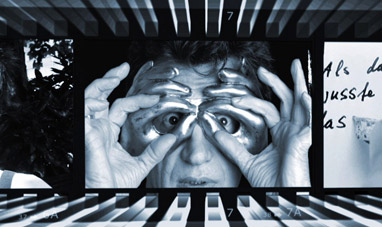

WIM WENDERS
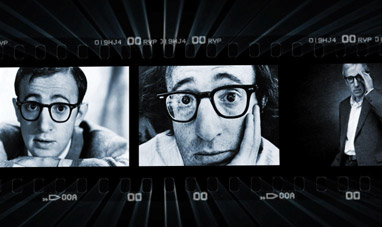

WOODY ALLEN
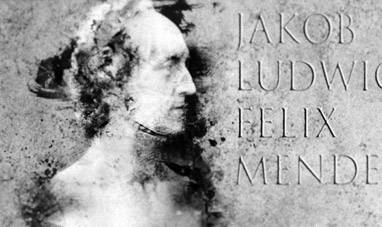

FELIX MENDELSSOHN


JACK KEROUAC


CHARLES BUKOWSKI
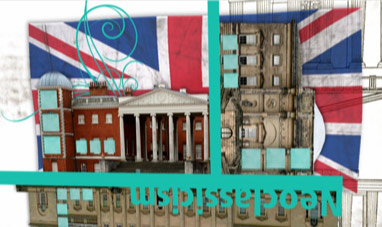

ROBERT ADAM
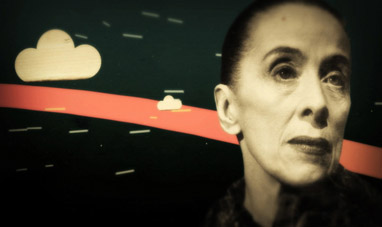

MARTHA GRAHAM
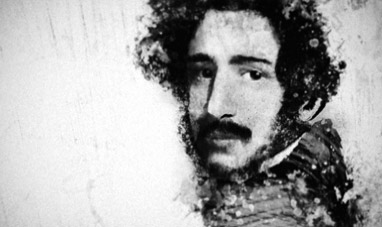

GAETANO DONIZETTI
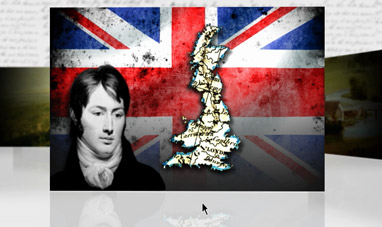

JOHN CONSTABLE
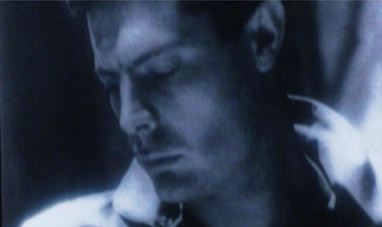

MARCELLO MASTROIANNI
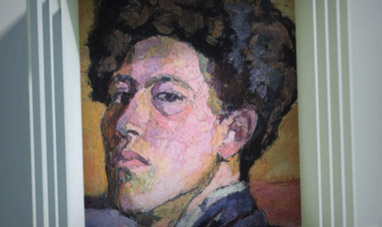

ALBERTO GIACOMETTI
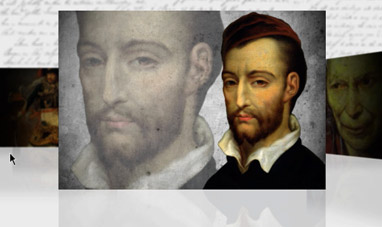

THÉODORE GÉRICAULT


PAUL CÉZANNE
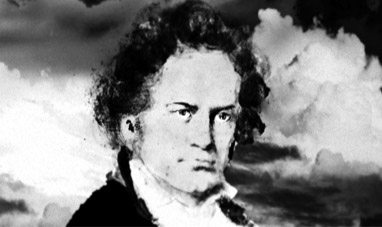

LUDWIG VAN BEETHOVEN


BILLY WILDER
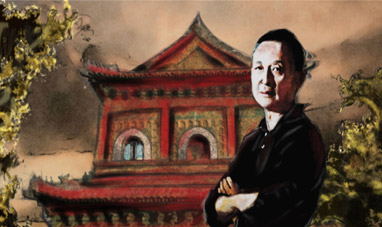

GAO XINGJIAN


JOHANN SEBASTIAN BACH
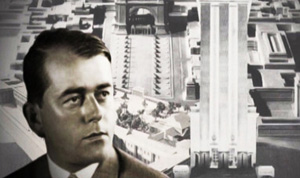

ALBERT SPEER
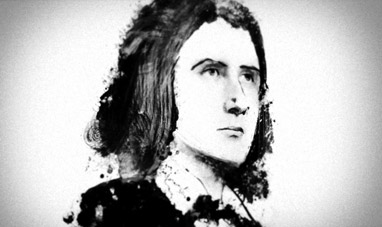

FRANZ LISZT
